Choosing the right plants is crucial when starting hydroponics. Moreover, your choice of plants is heavily influenced by the available light and heat in your setup.
If you’re looking for plants that are suited for hydroponic systems all year round, you can go for lettuce, herbs, and plants that belong to the Brassica family. These include mustards, kale, and similar vegetables, which thrive in hydroponic systems throughout the year.
Varieties like amaranth and Swiss chard are also good choices for hydroponic gardening. Ideally, you have to opt for seeds from companies that specify their suitability for hydroponic cultivation.
On the other hand, if you’re looking for plants for outdoor hydroponic gardening in summer, you can go for tomatoes, cucumbers, and strawberries.
While indoor cultivation is possible, the additional heating and lighting required can be expensive.
When selecting varieties for these heat-loving plants, look for descriptors such as “grows well in pots” or “suitable for containers,” which often indicate a good fit for hydroponic systems.
Growing Seeds and Transplanting Them
If you want to successfully integrate plants into your hydroponic system, you should first begin by germinating seeds separately.
You can do this via the following methods:
Using Starter Cubes
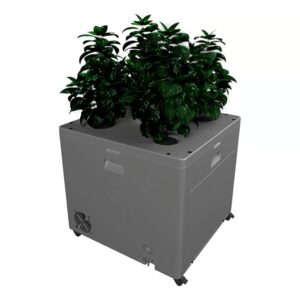
Purchase plant starter cubes or grow plugs, available online or at gardening stores, made from materials like rock wool or coconut coir.
Soak the cubes in water before use, ensuring they’re partially but not fully submerged. Once roots emerge from the cube’s bottom, the seedlings are ready for the hydroponic system.
Follow the specific instructions provided with your starter cubes, as materials can vary.
Starting Seeds in Soil
You can start seeds in potting soil as you would for traditional gardening. When transplanting, gently rinse off the soil from the roots to prevent it from entering the hydroponic system.
Seeds need a warm, moist environment to germinate. Make sure to use a container with a lid placed in a south-facing window or employ a heating mat or grow lights if adequate natural light is unavailable.
Water Preparation
When growing plants in a hydroponic system, you have to maintain optimal water quality to ensure your plants’ health. The main factors to consider are pH, alkalinity, and the presence of specific ions.
pH (Acidity)
the ideal pH range for hydroponic water is 5.4-7, with 7 being neutral. Below 7 is acidic, and above 7 is basic. Keep in mind that an incorrect pH can hinder a plant’s ability to absorb nutrients.
Use pH test strips or paper to monitor water pH. A roll of testing paper is inexpensive and lasts long. Be aware that certain fertilizers can alter water pH. Ammonium or urea-based fertilizers can lower pH and make water more acidic while nitrate-based fertilizers can raise pH, making water more basic.
Test your water’s pH both before and after adding fertilizer. For home systems, check pH every few weeks; commercial operations may need to test more frequently.
To adjust pH, use baking soda to increase (make it more basic) or sulfuric acid, phosphoric acid, or citric acid to decrease (make it more acidic). Ensure any pH adjustment products are safe for food use.
Alkalinity
Alkalinity, which is often indicated by bicarbonate levels, can also affect pH. High alkalinity can lead to higher pH levels.
Regular pH testing and adjustments are crucial in high alkalinity situations (over 75 ppm). You can reduce alkalinity in the water by using acidic fertilizers or by adding certain acids or vinegar.
Hard water, which leaves deposits on faucets, usually indicates high alkalinity. In such cases, consider using purchased water, like reverse osmosis filtered water, which is available at many stores for a nominal cost per gallon.
Maintaining these water quality parameters within the optimal range is key to ensuring your hydroponic plants are healthy and able to efficiently use the nutrients provided to them.
Applying the Right Fertilizer
Plants need 17 essential nutrients for proper growth and development. In hydroponics, only carbon, hydrogen, and oxygen are available from the environment, so you must supply the rest, including the macronutrients nitrogen, phosphorus, and potassium, which are used in large quantities.
In soil-based gardens, many essential nutrients are naturally present, but in hydroponics, you also need to add calcium, magnesium, sulfur, and trace elements like manganese, iron, molybdenum, copper, zinc, boron, chlorine, and nickel.
Fortunately, there are specialized hydroponic fertilizers available in both liquid and dry forms which are as follows::
- Liquid Fertilizers – These are convenient to use; you just mix the specified amount with water. However, they can be more expensive due to shipping weight.
- Dry Fertilizers – These are more affordable and may come as a multi-part mix to be combined just before use, preventing ingredient separation and ensuring freshness. Pre-mixed options are also available.
Always read labels to ensure proper nutrient quantities and balance.
For specific crops, it’s best to use a hydroponic fertilizer designed for that plant type. This ensures the right nutrient balance.
If you’re growing different crops, they may need to be in separate systems due to varying nutrient needs, unless their requirements are similar, like lettuce and kale, which can share a container if they have the same fertilizer dosage.
By choosing the right fertilizer and maintaining separate systems for plants with different needs, you can optimize your hydroponic garden’s productivity and health.

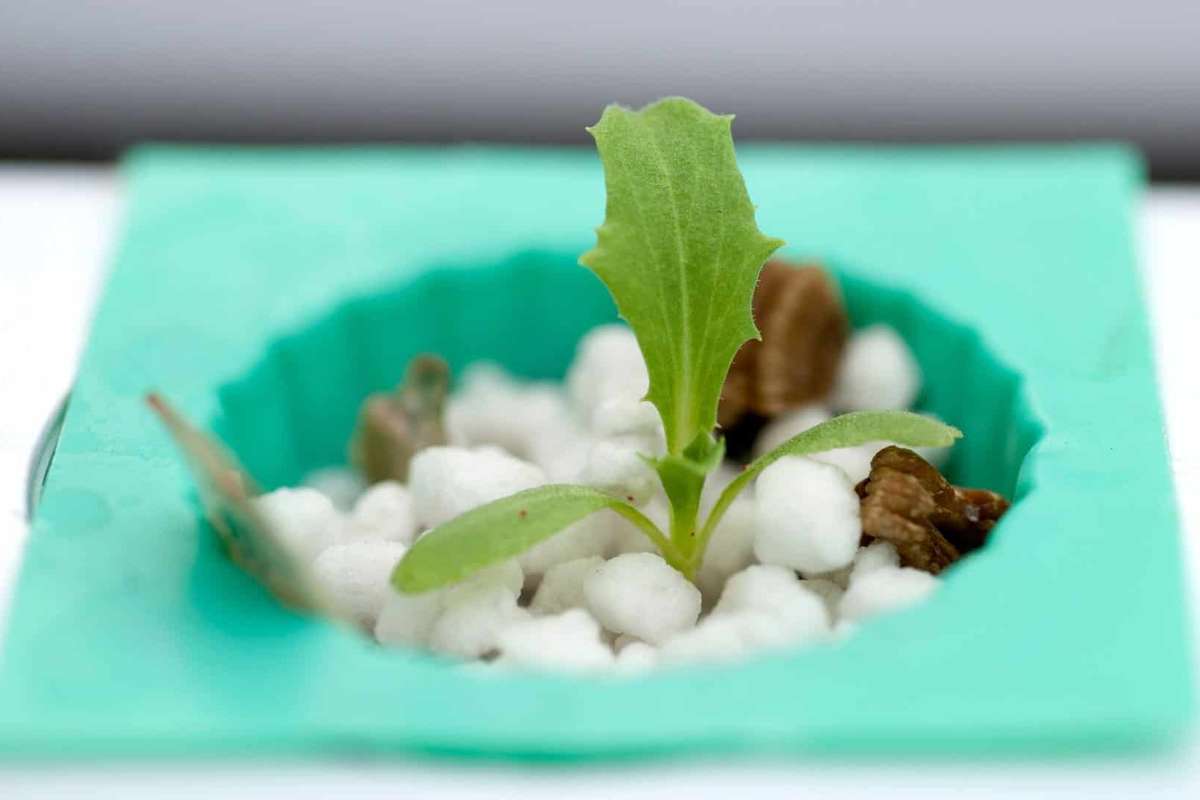
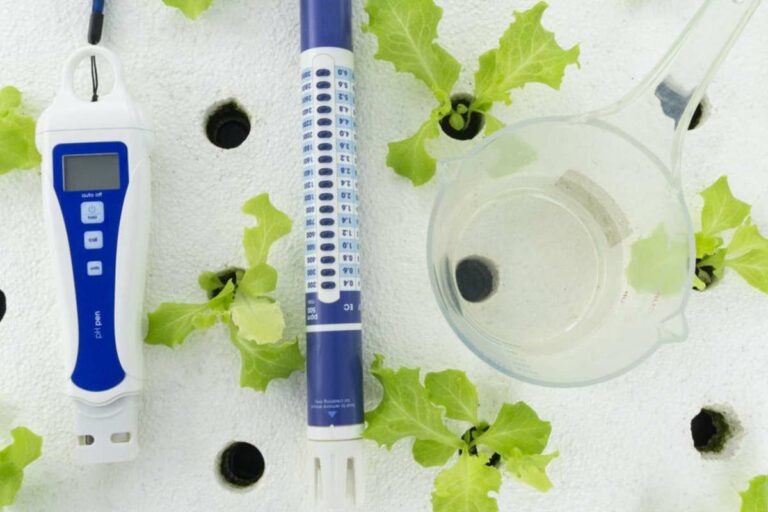
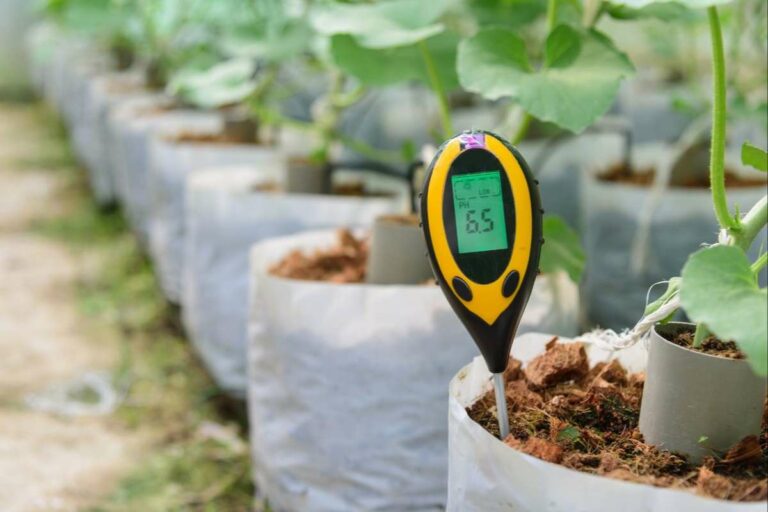

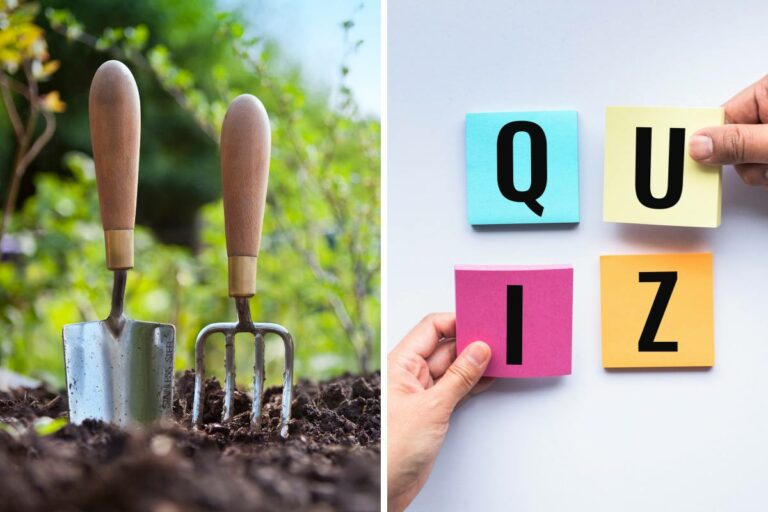
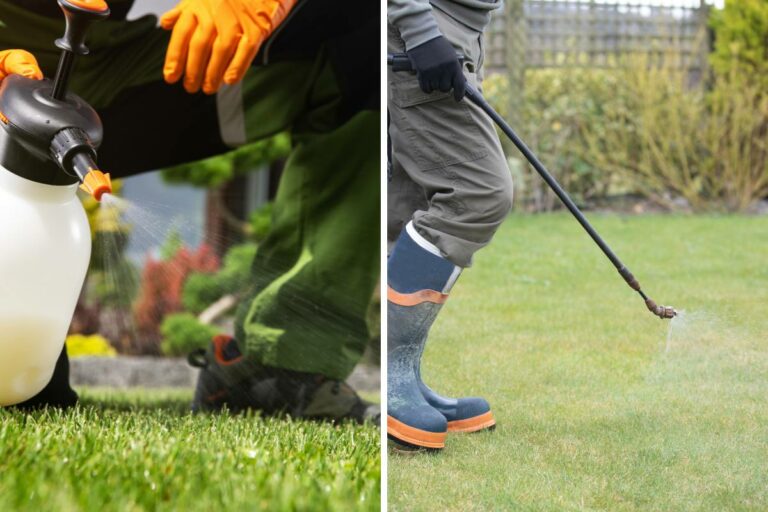
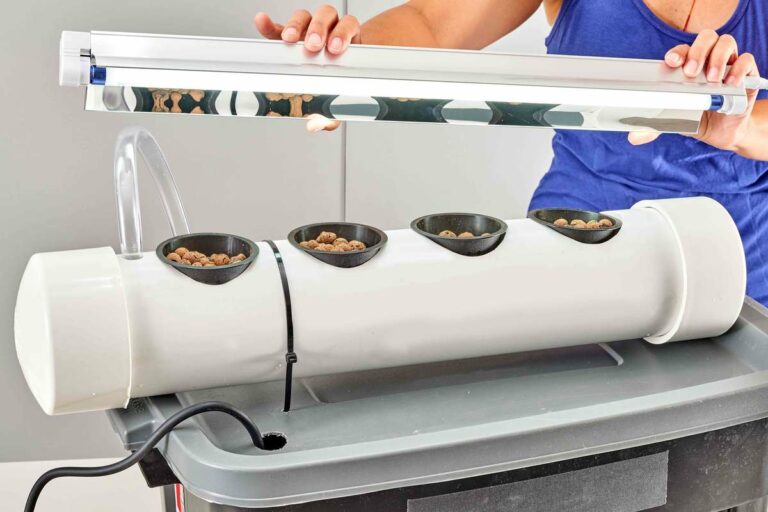
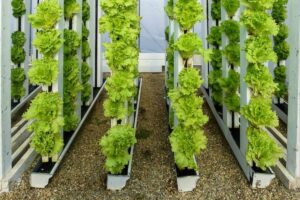
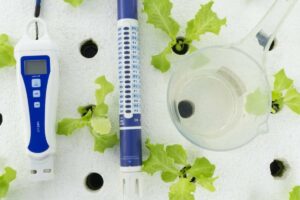
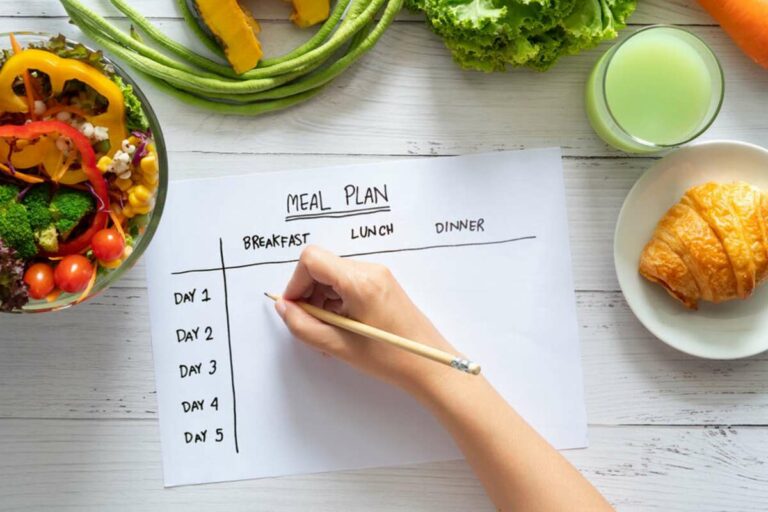
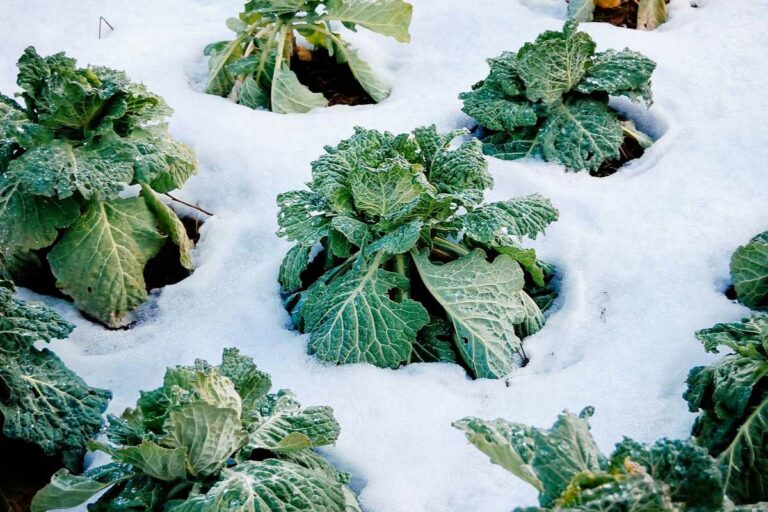
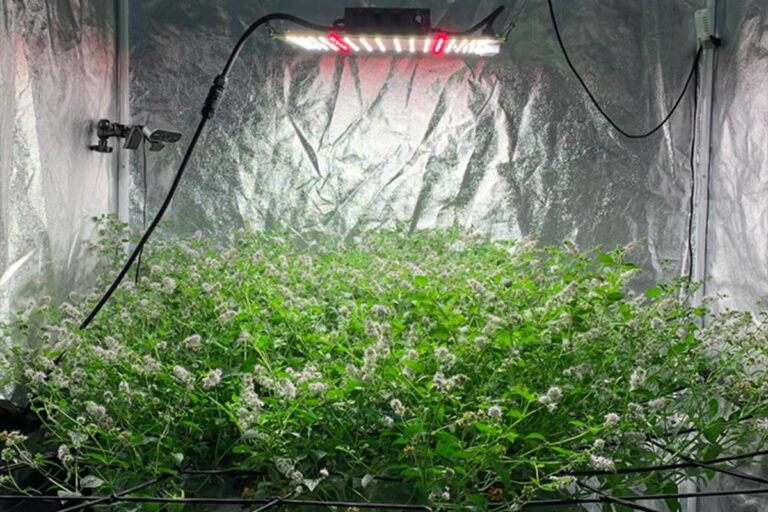

+ There are no comments
Add yours